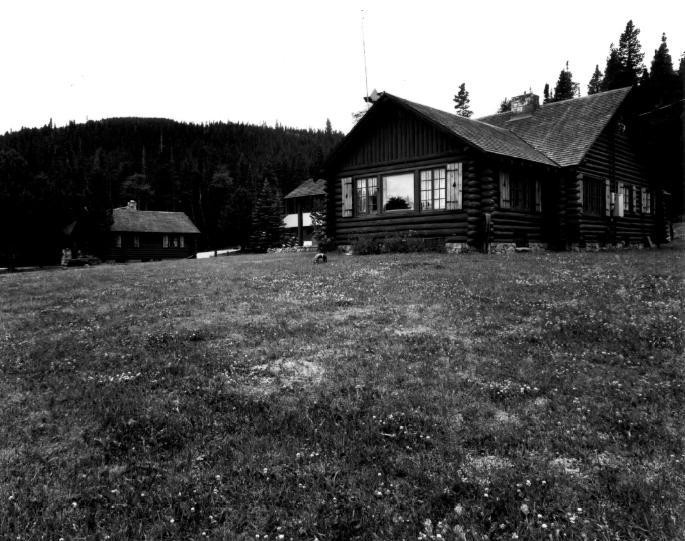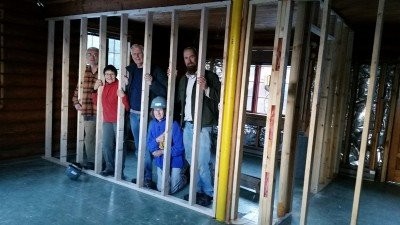Centennial Work Center
Introduction
Text-to-speech Audio
Images
The Centennial Work Center

The Centennial Work Center

Members of the 2017 Centennial Work Center HistoriCorps crew paused for a photo!

Backstory and Context
Text-to-speech Audio
Constructed in 1938 by the Mullen Creek Camp and Ryan Park Side Camp crews of the Civilian Conservation Corps, the Centennial Work Center served as a government office. Nowadays, the building is home to a Glacier Lakes Ecosystem Experiments Site, or GLEES, which provides a base for snow studies.
There are three buildings on the site, including a comfortable bunkhouse that will house this project's volunteers. All three buildings at the Centennial Work Center are on the National Register of Historic Places. In the mid-1960s, the building was "modernized" and a variety of unsympathetic additions that detracted from the building's historic attributes were installed.
The CCC was one of the most popular parts of the New Deal during a time in American history when unemployment reached 20%. Members of the CCC were provided jobs, housing, and meals in return for undertaking a wide variety of unskilled manual labor jobs that developed the United States' natural resources, enhanced its public lands, and more. The CCC paid the men on its crews a monthly wage of $30 (about $547 in today's dollars), but required that $25 of that wage was given to support the men's families. The buildings that make up the Centennial Work Center carry significance because they were typical of the work done by the CCC during the Great Depression.
In Spring 2018 HistoriCorps will be completing preservation work on the site, visit www.historicorps.org to find out how to support this project.
Cite This Entry
M., Ben and Jamie Tobias. "Centennial Work Center." Clio: Your Guide to History. February 15, 2018. Accessed April 15, 2025. https://theclio.com/entry/14572

